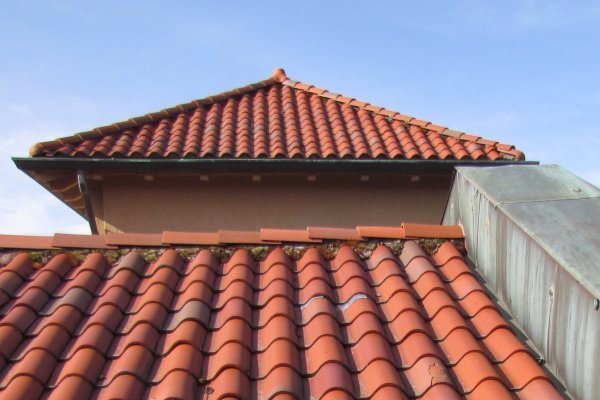Clay tile roofs are well-known for its lengthy lifespan and beautiful Mediterranean aesthetic. With an average of a 70-year lifespan, clay tile roofs are certainly worth the investment. However, they can be quite costly because they’re about twice or even three times the price of an average asphalt shingle. No wonder many homeowners in Denver CO are thinking twice about replacing their aging clay tile roof — it’s a huge financial commitment to even consider.
Fortunately, it’s easy to know whether it’s time to repair or replace your clay tile roofs. If you’re seeing the following signs, it’s definitely time to consider taking action.
Chipped or Cracked Tiles
Clay tile roofs are reliably strong. It can withstand hailstones and severe windstorms thanks to its sturdiness. However, footsteps can easily crack them instantly, which is why it’s important to tread lightly across clay tile roofs. On the other hand, if you’re seeing chipped or cracked tiles across your roof, then it’s definitely time to consider replacing your entire clay tile roof.
Underlayment Wear and Tear
Watertight seals by roof underlayment ensure that your attic remains in good condition. However, if the underlayment spread across your attic is showing some signs of wear and tear and some moist or dampness, then consider having your clay tiles replaced. This means your roof is not repelling water like it should.
Eave Stains
Lastly, if you’re seeing water stains right underneath the eaves of your roof, then it’s definitely crucial that you consider having reliable Denver CO roofers to inspect your roofing. This is a sign that water is pooling at the lowest ends of your roof and is not diverting water in the proper manner possible.
If you’re buying an aged house with a clay tile roof, it’s important to know these small details as well. However, Huber and Associates has a great list of things to check out when you want to own a home with a clay tile roof that really lasts. Read more below.
Clay tile roofs aren’t just a simple shelter from the sun and rain — they’re a charming, durable and environmentally-friendly structure. Before buying a house with a clay roof, however, you should be prepared for the costs and labor it may require.
Here are some important questions to ask when considering a home with a clay roof:
WHO MANUFACTURED THE TILES?
Knowing where your tiles came from can give you a good idea of their quality and suitability for the climate of your region.
One important characteristic of the tiles is the grade. Clay tiles are produced in various grades, and each one provides a different level of resistance to weather-related issues like frosting. The tiles you have should be based on the most severe climatic conditions that can occur in your area rather than the typical climate.
There are three grades of tile, laid out in the ASTM C1167 Standards for Clay Tile Roofs. Each grade defines a degree of weather resistance.
The less moisture a tile contains, the greater the chance it has of withstanding freezing temperatures. The style of the tiles is also important since some are better suited for certain climates. The most common are:
- Flat Tiles: Small and rectangular with a smooth surface finish
- Roman Tiles: Flat in the middle with a concave curve on one end and a convex curve on the other
- Interlocking Tiles: Interlocks with adjacent tiles, which improves protection against wind and rain
It’s also important that your tiles come from a trusted manufacturer or are created and properly treated for years of weathering.
WHEN WAS THE ROOF INSTALLED? (Continued)
Lastly, make sure you’re working with dependable roofers near you. If you have yet to find a dependable roofer in Denver CO, you can always count on Roper Roofing to help you with the best roofing possible. Contact us today to learn the best ways we can help you.


